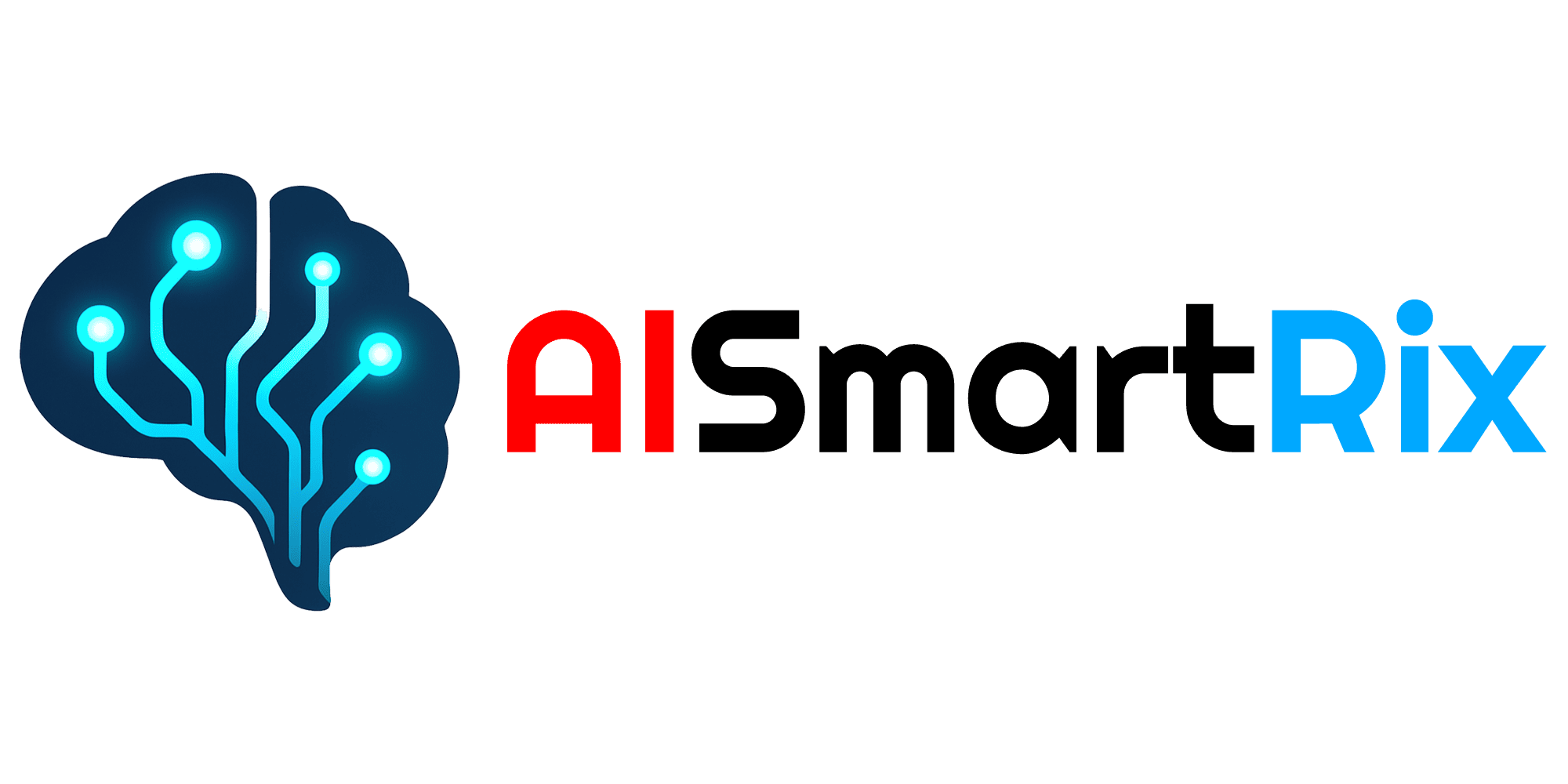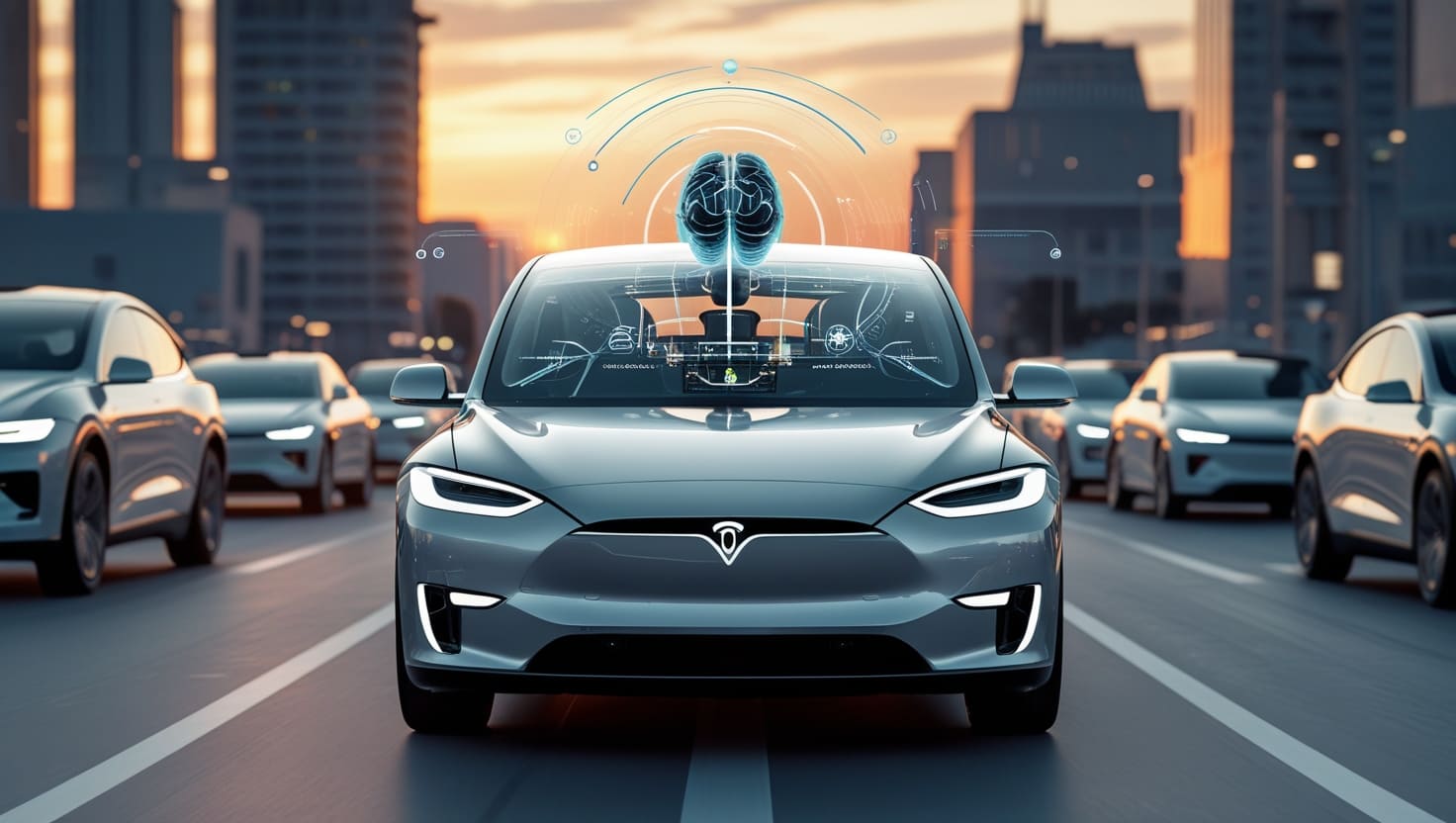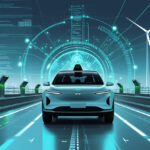In 2025, autonomous vehicles (AVs) are no longer a futuristic concept — they’re actively reshaping the automotive world. From city streets to highways, self-driving cars powered by artificial intelligence (AI) are redefining how we commute, travel, and think about transportation.
But how exactly do autonomous vehicles work? What kind of AI technologies make this possible? And are we truly ready for a world where machines take the wheel?
This guide breaks it all down — how AI drives the self-driving revolution, the core systems involved, challenges still ahead, and what the road ahead looks like.
What Is Autonomous Driving?
Autonomous driving refers to vehicles that can operate and navigate without human input. These cars rely on a complex network of sensors, AI algorithms, mapping systems, and actuators to perceive their environment and make decisions — just like a human driver, but with machine precision.
Autonomous driving is typically categorized into six levels (0–5) as defined by the SAE (Society of Automotive Engineers):
- Level 0: No automation
- Level 1: Driver assistance (e.g., cruise control)
- Level 2: Partial automation (steering + speed, driver must monitor)
- Level 3: Conditional automation (driver may disengage in some conditions)
- Level 4: High automation (vehicle operates without driver in most situations)
- Level 5: Full automation (no driver needed at all)
In 2025, we are somewhere between Level 3 and Level 4 in real-world deployments, with major automakers and tech companies pushing the boundaries.
How AI Powers Self-Driving Cars
AI plays a central role in enabling vehicles to perceive, plan, and act in dynamic environments. Here’s how:
1. Perception: Understanding the Surroundings
The first step in autonomous driving is perceiving the world around the vehicle. AI processes data from:
- LIDAR (Light Detection and Ranging): Builds a 3D map of the surroundings
- Cameras: Detect lane markings, signs, lights, and objects
- Radar: Measures distance and speed of nearby vehicles
- Ultrasonic Sensors: Help with close-range detection (parking, blind spots)
- GPS & HD Maps: Provide precise location data and road context
Using deep learning, the AI identifies pedestrians, other vehicles, cyclists, obstacles, road signs, and traffic signals — in real time.
2. Localization: Knowing Where It Is
The vehicle needs to know its precise location on a map, down to centimeters. AI fuses GPS data with LIDAR and camera input to accurately position the vehicle in its environment — even when GPS signal is weak or blocked.
3. Prediction: Anticipating Movement
AI doesn’t just react — it predicts. Based on road context and past patterns, the system forecasts:
- Where other cars are likely to move
- If a pedestrian will cross the road
- How traffic lights may change
- Whether a cyclist may swerve
These predictions help the vehicle make safe and timely decisions.
4. Planning: Charting the Best Path
AI then decides what to do next — accelerate, brake, change lanes, or stop. It constantly calculates:
- Optimal route
- Safe following distances
- Lane changes
- Obstacle avoidance
- Turning angles
This is known as path planning or motion planning, and it’s updated in real-time as conditions change.
5. Control: Taking Action
Finally, the AI sends commands to the car’s mechanical systems — steering, braking, acceleration — to execute the planned movements smoothly and safely.
All of this happens in milliseconds, continuously, every moment the vehicle is in motion.
Key Technologies Behind the AI
- Computer Vision
- Sensor Fusion
- Neural Networks
- Reinforcement Learning
- Natural Language Processing (for voice interaction)
- Edge AI (on-device processing for low latency)
- Cloud-based updates for maps and algorithms
These systems work together to help the vehicle see, think, and act — like a digital brain on wheels.
Real-World Applications in 2025
Autonomous vehicles are already in use across various domains:
- 🚕 Robotaxis in select urban areas
- 🚚 Autonomous freight trucks on long highways
- 🚙 Self-driving shuttles for airports and campuses
- 🚛 Logistics fleets in controlled environments like ports
- 🛵 AI-powered delivery robots in neighborhoods
Consumer vehicles with Level 2+ driver assistance (like auto-parking, lane assist, and highway autopilot) are now widespread.
Benefits of AI-Powered Autonomous Vehicles
- ✅ Improved Safety: AI reduces human error, the #1 cause of accidents
- ✅ Reduced Traffic: Smart routing and platooning ease congestion
- ✅ Lower Emissions: Optimized driving improves fuel efficiency or EV range
- ✅ Accessibility: Enables mobility for elderly or disabled individuals
- ✅ Increased Productivity: Passengers can work or relax during commutes
Challenges to Overcome
Despite progress, several hurdles remain:
- Edge Cases: AI struggles in unpredictable or rare scenarios
- Weather Conditions: Rain, snow, or fog impair sensors
- Regulations: Vary by region, slowing widespread rollout
- Ethical Dilemmas: Decision-making in emergency situations
- Public Trust: Many consumers remain skeptical about full autonomy
Ongoing research, testing, and policy development are addressing these issues.
The Future of Autonomous Driving
Here’s what we expect in the next few years:
- 📍 Expansion of geo-fenced robotaxi zones
- 🔁 V2X (Vehicle-to-Everything) communication networks
- 🧠 Smarter AI models trained on billions of miles of data
- 🏙️ Integration with smart city infrastructure
- 🌍 Widespread use of autonomous trucks for logistics
- 🔋 Tighter integration with EV platforms and smart charging systems
- 👁️ AR windshields and voice-controlled cockpit assistants
As technology matures, Level 5 autonomy will eventually become reality — changing the way we think about car ownership, travel, and cities.
Conclusion
AI is the engine behind the self-driving revolution. From perception to control, it allows vehicles to operate intelligently, safely, and efficiently — with minimal or no human input. While challenges remain, the future is clearly steering toward a world where autonomous vehicles are the norm, not the exception.
Do you trust AI to drive your car? Why or why not? Share your thoughts in the comments!





